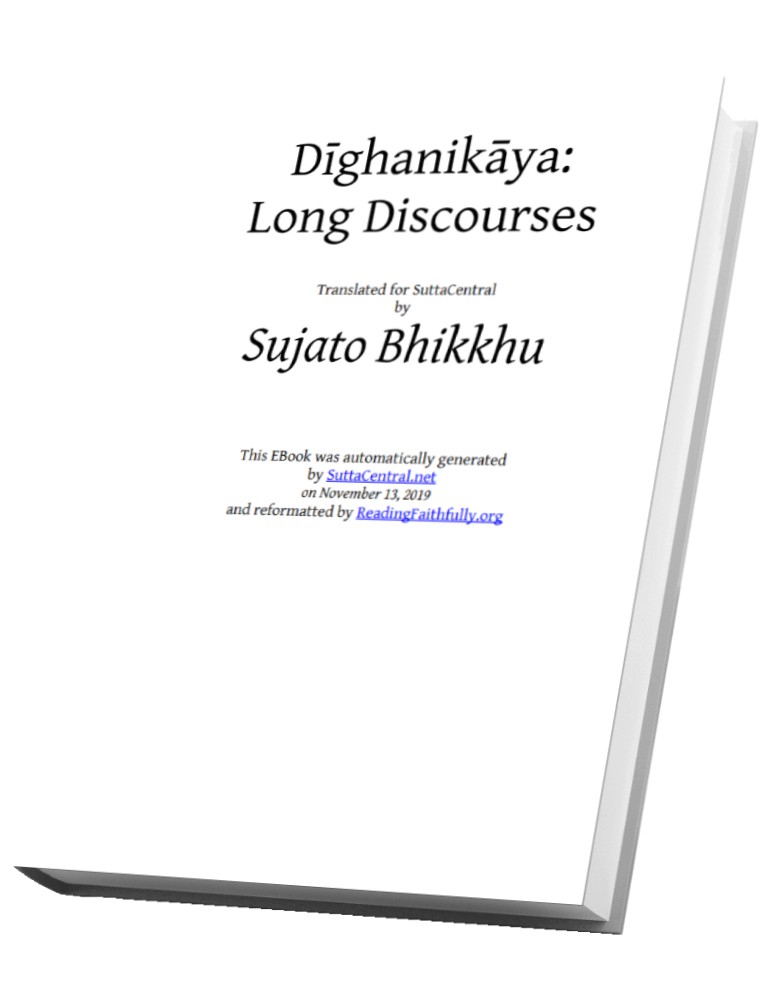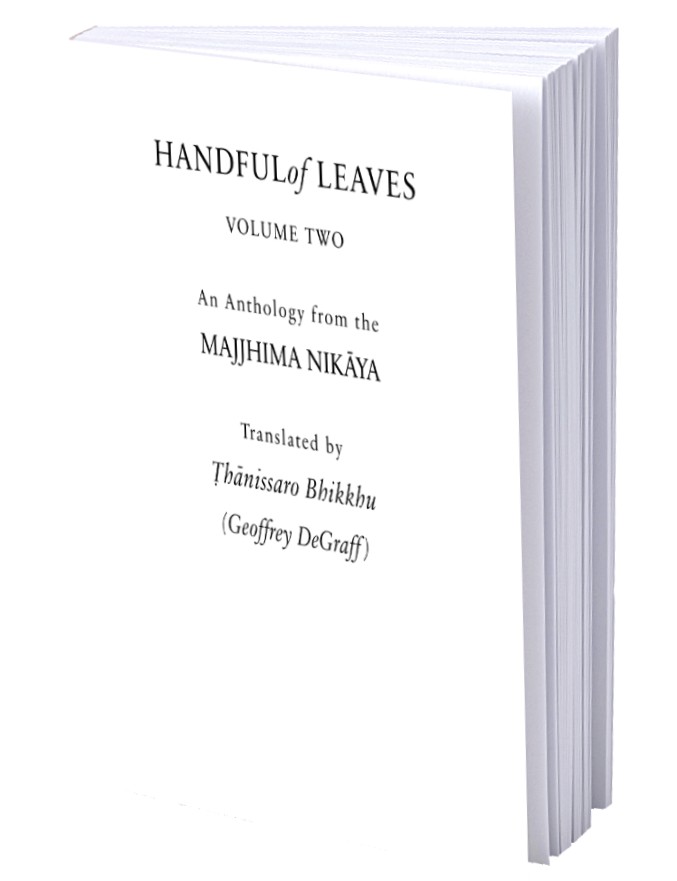Nikaya
The Nikayas are part of the Pāli Canon, which is a collection of Buddhism scriptures preserved in Pāli language (a language widely used in India at the time of Buddha). They record the discourses by Buddha in which he discussed the doctrinal foundation of Buddhism. The nikayas were assembled about 30 years after the death of Buddha. Thus their contents are considered closest to what Buddha actually said and did during his lifetime.
The Pali Canon was originally orally transmitted. Thus the structure of the texts was designed for easy memorization. Later, Buddhists in Sri Lanka put the Canon in writing at around 30 BCE. Texts were written on palm-leaf pages and then threaded together. Below is a picture of a section of the nikaya on palm-leaf:

There are five nikayas:
Digha Nikaya,
Majjhima Nikaya,
Samyutta Nikaya,
Anguttara Nikaya, and
Khuddaka Nikaya.
They are not organized by content, but by literary form. The first two, Digha Nikaya and Majjhima Nikaya (Long discourses and Middle discourses), are organized by length. The Saṁyutta, or “Linked”, is organized by topics. The Aṅguttara (or “Numbered”) is organized by numerical sets. These four collections are synoptic; they constitute one largely unified body of text and doctrine, organized mainly for the convenience of the reciters who memorized it. The fifth, Khuddaka, is a rather different kind of collection. The core of it is a set of early texts that are mostly verse, and also added a series of later texts of very different kinds. Each nikaya is described below.
Digha Nikaya
The Digha Nikaya, or "Collection of Long Discourses" (Pali digha = "long") consists of thirty-four suttas including doctrinal expositions, legends and moral rules. It is grouped into three vaggas, or divisions:
Silakkhandha-vagga — The Division Concerning Morality (13 suttas)
Maha-vagga — The Large Division (10 suttas)
Patika-vagga — The Patika Division (11 suttas); the first sutta of the Division is the Patika Sutta
Some of the important discourses are:
Ambattha Sutta (“Discourse of Ambattha”) denounces the principles of caste and the pretensions of Brahmins.
Mahanidana Sutta (“Discourse on the Great Origin”) gives the fullest canonical treatment of the doctrine of dependent origination, or the chain of causation.
Maha-parinibbana Sutta (“Discourse on the Final Nirvana”) described the final days and death of the Buddha.
Brahmajala Sutta ("Discourse on the Net of Brahma") describes and compares the point of view of Buddha and other ascetics in India about the universe and time (past, present, and future)
Sigalovada Sutta (“Discourse of Sigalovada”) in which the Buddha discusses ethics and practices for lay followers.
Two English translations of Digha Nikaya are provided:
An Anthology from the Digha Nikaya translated by Thanissaro Bhikkhu

Dighanikaya translated by Bhikkhu Sujato

Majjhima Nikaya
Majjhima Nikaya ("Collection of Medium Length Discourses") consists of 152 discourses by the Buddha and his chief disciples, which together constitute a comprehensive body of teaching concerning all aspects of the Buddha's teachings. Included are texts dealing with monastic life, the excesses of asceticism, the evils of caste, Buddha’s debates with the Jains, and meditation, together with basic doctrinal and ethical teachings and many legends and stories.
This is an English translation, An Anthology from the Majjhima Nikāya, translated by Thanissaro Bhikkhu

Samyutta Nikaya
The Samyutta Nikaya ("Connected Discourses" or "Kindred Sayings") contains a total of 7,762 individual suttas. The suttas are grouped into five vaggas, or divisions. Each vagga is further divided into samyuttas, or chapters, each of which in turn contains a group of suttas on a related topic. Some suttas are quite brief. The best known of these is the Dhammacakkappavattana-sutta (“Discourse on the Turning of the Wheel of the Law”), which contains the Buddha’s first sermon. One topic of this sutta is the Four Noble Truths, a foundational Buddhist doctrine.
This is an English translation, An Anthology from the Samyutta Nikaya, translated by Thanissaro Bhikkhu

Anguttara Nikaya
Anguttara Nikaya ('Increased by One Collection", also translated as "Gradual Collection" or "Numerical Discourses") has a numerical arrangement, for mnemonic purposes, of 9,557 terse suttas. The first group contains suttas dealing with single things, such as the mind or the Buddha. The suttas in the second group speak of pairs—e.g., 2 kinds of sin. The suttas in subsequent groups are similarly structured. Examples are the 3 praiseworthy acts, the 4 places of pilgrimage, the 5 obstacles, the 6-fold duty of a monk, 7 kinds of wealth, 8 causes of earthquake, 9 types of person, 10 objects of contemplation, and 11 kinds of happiness.
This is an English translation, An Anthology from the Anguttara Nikaya, translated by Thanissaro Bhikkhu

Khuddaka Nikaya
Khuddaka Nikaya ("Collection of Little Texts") is a wide-ranging collection of fifteen books (eighteen in the Burmese collection) containing complete suttas, verses, and smaller fragments of Dhamma teachings. While many of these have been treasured and memorized by devout Buddhists around the world for centuries, others have never left the private domain of Pali scholars; some have yet to be translated into English.
Below is a translation of Sutta Nipata, which is a collection of 71 short suttas.
Sutta Nipata translated by Laurence Khantipalo Mills
